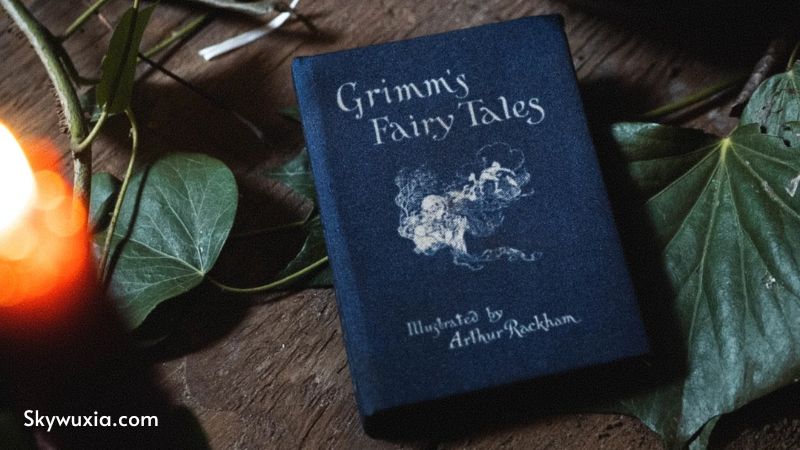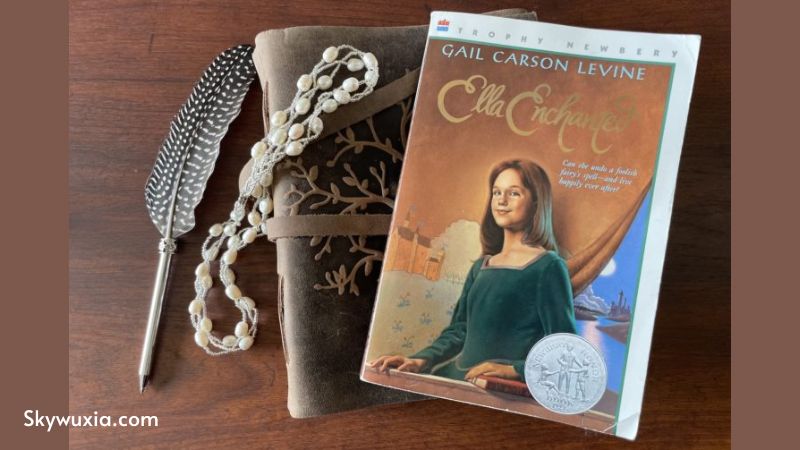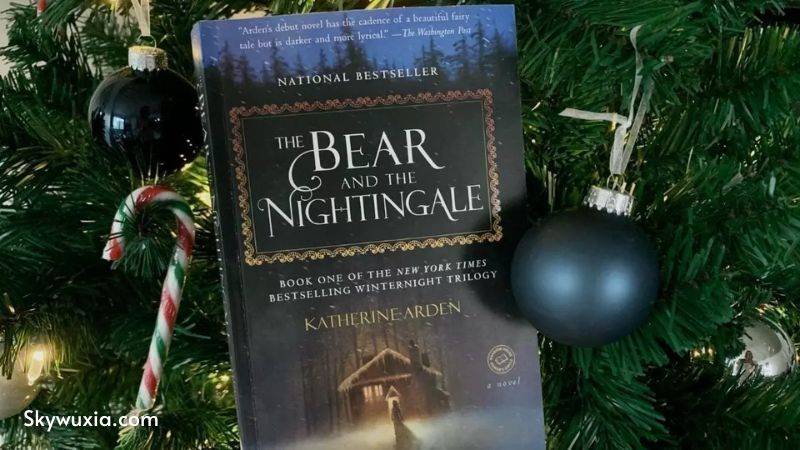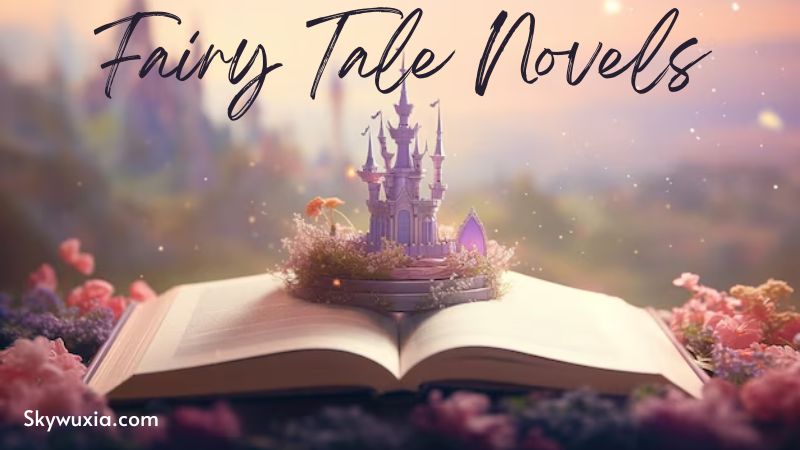Fairy tale novels hold a special place in the realm of literature. These enchanting stories, filled with magic, adventure, and timeless wisdom, captivate readers of all ages. From the well-worn pages of classic tales to the innovative twists of modern retellings, fairy tale novels continue to inspire and entertain. This article from Skywuxia delves into both the classic fairy tale novels that have shaped the genre and the contemporary interpretations that keep the magic alive.
Classic Fairy Tale Novels
The foundation of fairy tale novels can be traced back to the works of the Brothers Grimm, Hans Christian Andersen, and other early storytellers who collected and crafted tales that have been passed down through generations.
1. Grimm’s Fairy Tales
One of the most influential collections of fairy tale novels is “The Complete Grimm’s Fairy Tales” by Jacob and Wilhelm Grimm. Published in the early 19th century, this compilation includes over 200 stories that have become cornerstones of Western literature. Among the most famous are “Cinderella,” “Hansel and Gretel,” and “Rumpelstiltskin.” These tales often carry dark undertones and moral lessons, reflecting the cultural and societal norms of the time.

2. Hans Christian Andersen’s Fairy Tales
Hans Christian Andersen’s contributions to fairy tale novels are equally significant. His works, such as “The Little Mermaid,” “The Ugly Duckling,” and “The Snow Queen,” explore themes of transformation, identity, and resilience. Andersen’s stories are known for their emotional depth and the bittersweet quality that resonates with both children and adults.
3. The Arabian Nights
“The Arabian Nights: Tales from a Thousand and One Nights” is another seminal collection in the world of fairy tale novels. Originating from the Middle East, these stories were compiled during the Islamic Golden Age and include enduring tales like “Aladdin” and “Ali Baba and the Forty Thieves.” The narrative framework of Scheherazade, who tells these stories to delay her execution, adds a unique layer of intrigue and suspense.
Modern Fairy Tale Novels
While classic fairy tale novels provide a rich legacy, contemporary authors have breathed new life into the genre with imaginative retellings and fresh perspectives. These modern fairy tale novels often blend traditional elements with contemporary themes, making them accessible and relevant to today’s readers.
1. “Ella Enchanted” by Gail Carson Levine
“Ella Enchanted” is a delightful retelling of the Cinderella story with a unique twist. The protagonist, Ella, is cursed with obedience, a condition that forces her to comply with any direct order. Gail Carson Levine’s novel explores themes of autonomy and self-determination, making it a compelling read for young adults.

2. “Stardust” by Neil Gaiman
Neil Gaiman’s “Stardust” is a charming fairy tale novel for adults. The story follows a young man named Tristran Thorn who ventures into a magical realm to retrieve a fallen star, only to discover that the star is a living woman. Gaiman’s blend of romance, adventure, and whimsy has made “Stardust” a beloved addition to the genre.
3. “The Lunar Chronicles” by Marissa Meyer
Marissa Meyer’s “The Lunar Chronicles” series offers a futuristic twist on classic fairy tale novels. The series includes titles like “Cinder” (Cinderella), “Scarlet” (Little Red Riding Hood), “Cress” (Rapunzel), and “Winter” (Snow White). By setting these familiar stories in a sci-fi world with cyborgs and space travel, Meyer creates an engaging and inventive narrative that appeals to modern readers.
4. “The Princess Bride” by William Goldman
“The Princess Bride” by William Goldman is both a satirical and affectionate homage to traditional fairy tale novels. With memorable characters like Westley, Buttercup, and Inigo Montoya, the story weaves romance, adventure, and humor into a seamless narrative. Goldman’s clever storytelling and witty dialogue have cemented “The Princess Bride” as a classic in its own right.
5. “Uprooted” and “Spinning Silver” by Naomi Novik
Naomi Novik has made significant contributions to the genre with her novels “Uprooted” and “Spinning Silver.” “Uprooted” draws inspiration from Eastern European folklore and follows a young village girl chosen to serve a reclusive wizard. “Spinning Silver” reimagines the story of Rumpelstiltskin, intertwining the lives of three women with magical and political struggles. Novik’s lyrical prose and richly developed worlds make her fairy tale novels a must-read.
6. “The Bear and the Nightingale” by Katherine Arden
“The Bear and the Nightingale” by Katherine Arden is set in medieval Russia and blends history with folklore. The story follows Vasilisa, a young girl with the ability to see spirits, as she navigates the tensions between old pagan beliefs and the encroaching influence of Christianity. Arden’s vivid descriptions and strong sense of place immerse readers in a world where fairy tale magic feels palpably real.

7. “The Hazel Wood” by Melissa Albert
Melissa Albert’s “The Hazel Wood” offers a dark, contemporary take on fairy tale novels. The protagonist, Alice, discovers that her grandmother’s cult-classic book of fairy tales is more real than she imagined, leading her into a sinister, magical world. Albert’s novel is a gripping exploration of the boundaries between fiction and reality, making it a standout in modern fairy tale literature.
Young Adult Fairy Tale Retellings
The young adult genre has seen a surge in fairy tale retellings, offering fresh perspectives and diverse voices.
“Queen of Snow” by Laura Byron and Jessie Cal
“Queen of Snow” is a captivating retelling of the Snow Queen fairy tale. This novel reimagines the classic story with new depth and complexity, providing readers with a fresh take on a familiar narrative. Byron and Cal’s rendition emphasizes character development and intricate plotting, making it a compelling addition to the world of fairy tale novels.
Conclusion
Fairy tale novels, whether classic or modern, continue to enchant and inspire readers across generations. From the dark, moralistic tales of the Brothers Grimm to the innovative retellings by contemporary authors, these stories offer a rich tapestry of imagination and wonder. They explore universal themes of love, courage, and transformation, providing a mirror to our own hopes and fears.
The enduring appeal of fairy tale novels lies in their ability to transport us to magical worlds where anything is possible, and where good ultimately triumphs over evil. As new authors continue to reimagine and reinvent these timeless tales, the genre remains vibrant and ever-evolving, ensuring that the magic of fairy tale novels will captivate readers for many years to come.
